Milwaukee M12 Fuel 2519-21 Bruksanvisning
Milwaukee
Ikke kategorisert
M12 Fuel 2519-21
Les nedenfor 📖 manual på norsk for Milwaukee M12 Fuel 2519-21 (28 sider) i kategorien Ikke kategorisert. Denne guiden var nyttig for 10 personer og ble vurdert med 4.9 stjerner i gjennomsnitt av 5.5 brukere
Side 1/28

Cat. No. / No de Cat.
2519-20
M12 FUEL™ HIGH SPEED CHAIN SNAKE FOR 1-1/4" – 2" PIPES
CHAÎNE TUBULAIRE HAUTE VITESSE M12 FUEL™ POUR
DES TUYAUX DE 32 mm À 51 mm (1-1/4" – 2")
CADENA TUBULAR DE ALTA VELOCIDAD M12 FUEL™ PARA
TUBERÍAS DE 32 mm A 51 mm (1-1/4" – 2")
OPERATOR'S MANUAL
MANUEL de L'UTILISATEUR
MANUAL del OPERADOR
WARNING To reduce the risk of injury, user must read and understand operator's manual.
AVERTISSEMENT An de réduire le risque de blessures, l'utilisateur doit lire et bien
comprendre le manuel.
ADVERTENCIA Para reducir el riesgo de lesiones, el usuario debe leer y entender el manual.
WARNING To reduce the risk of injury, user must read and understand operator's manual.
AVERTISSEMENT An de réduire le risque de blessures, l'utilisateur doit lire et bien
comprendre le manuel.
ADVERTENCIA Para reducir el riesgo de lesiones, el usuario debe leer y entender el manual.
Produkspesifikasjoner
| Merke: | Milwaukee |
| Kategori: | Ikke kategorisert |
| Modell: | M12 Fuel 2519-21 |
Trenger du hjelp?
Hvis du trenger hjelp med Milwaukee M12 Fuel 2519-21 still et spørsmål nedenfor, og andre brukere vil svare deg
Ikke kategorisert Milwaukee Manualer
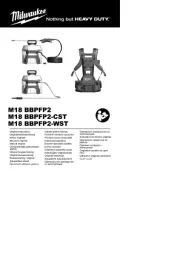
19 September 2025
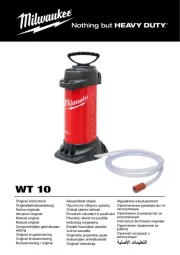
19 September 2025
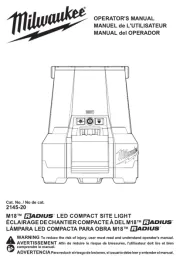
16 August 2025
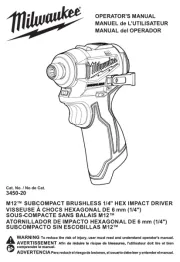
15 August 2025
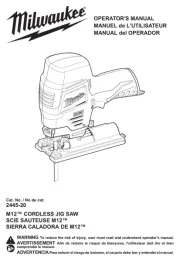
15 August 2025
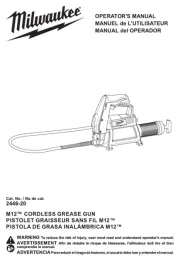
15 August 2025
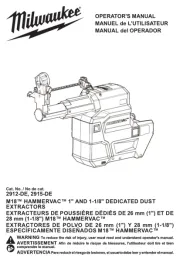
15 August 2025
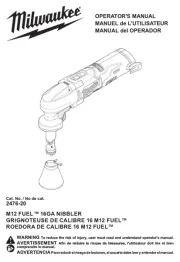
15 August 2025
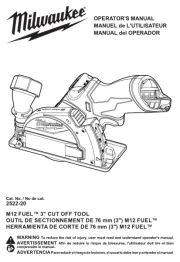
15 August 2025
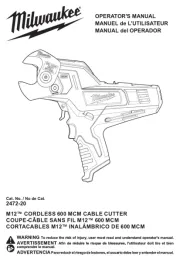
14 August 2025
Ikke kategorisert Manualer
- FBT
- Govee
- Laserliner
- AJA
- Simpson
- Redrock Micro
- Mutec
- GOgroove
- Browin
- Konftel
- StarIink
- Roxio
- Magellan
- Konig & Meyer
- Sabco
Nyeste Ikke kategorisert Manualer
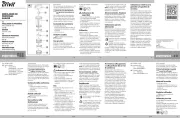
23 Oktober 2025
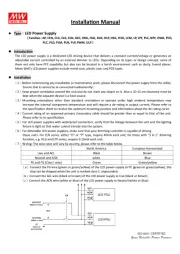
23 Oktober 2025
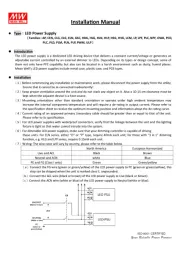
23 Oktober 2025
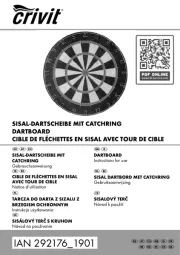
23 Oktober 2025
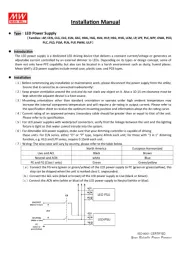
23 Oktober 2025

23 Oktober 2025
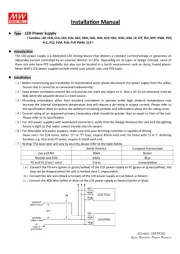
23 Oktober 2025

23 Oktober 2025
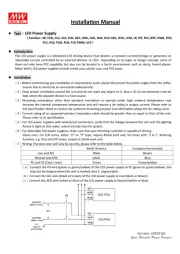
23 Oktober 2025
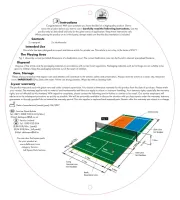
23 Oktober 2025